Latest News
The Ungardener: by the books
Sep 03, 2025
Michele Paladino’s nursery, “Lindera” in Falls Village.
Dee Salomon
It was a bit unfair, in my last column, to write a critique of a well-regarded plant reference book (“When the guide gets it wrong”) without recommending a satisfactory replacement or two.
As a novice gardener, I found plant selection — native or not — to be overwhelming and relied on website databases that let me enter soil, moisture, light and critter criteria, then return options I could research. Unsurprisingly, this yielded little garden satisfaction in situ. It may well be that it takes a little poetry to create a garden.
That’s where books come in.A well-written reference book can provide the kind of commentary that goes beyond a plant’s likelihood of survival in one’s garden.
Page Dickey’s (a well-known garden writer and landscape designer who lives in Falls Village) go-to on native plants is the three-volume set by Michael Cullina who led The Wildflower Society (now called The Native Plant Trust). Each book delves into different categories of plants: one on native trees, shrubs and vines (“one of my bibles” is the inscription on the opening page), another on native ferns, mosses and grasses and a third on wildflowers.
Dickey’s copies evidence of heavy use; in addition to hand-written commentary, there are check marks for the plants that she has either grown or identified. After a perusal, I looked more closely to get Cullina’s take on some of my favorite plants. While disappointed to find only one of the three types of aralias I admire — Aralia spinoza, the Devil’s Walking Stick — I was amazed to read about some fantastic species I didn’t know.
With their ease of use and combination of fact and considered opinion, the books function a bit like Dirr’s “Hardy Trees and Shrubs,” the subject of my last column. Unlike Dirr’s book — which ignores the role of native plants in maintaining habitats and glosses over the invasive tendencies of many plants that Dirr extolls — Cullina’s books help the reader understand the importance of specific plants and the roles they play in keeping our environments healthy for all animals, including us.
Doug Tallamy, the renowned entomologist and co-founder of Homegrown National Park, once provided data that was incorporated into the Native Plant Finder database for the National Wildlife Foundation. He stands by the practicality of digital databases for supplying information that can be updated as the environment continues to change.

Still, Tallamy is partial to a number of reference books and cited two he has relied on for years: “Native Plants of the Northeast” by Donald J. Leopold, and “Native Trees for North American Landscapes” by Guy Sternberg.
“They were among the early books I encountered when I started thinking about native plants,” said Tallamy. “They are rich in good photos, and they describe the conditions under which various species do well. I like Guy’s books in part because he does his best to talk about how they meet the needs of various animal species. No other book talks much about the insects that plants support because when they were written, we knew little about host plant associations.”
Much of what I’ve planted successfully in the past two years came at the recommendation of Michele Paladino, a plantswoman, landscape designer and proprietor of Lindera, a nursery specializing in native plants. She recently relocated the nursery to the former Falls Village Flower Farm.
Like Dickey and Tallamy, Paladino also turns to a few essential sources. “When I’m working on a project, I really want to ponder trees and their character. I always go back to books for inspiration.”
She, too, recommends Sternberg’s book as a go-to reference on trees, and highlights the two books by Carol Gracie on both Spring and Summer wildflowers. These two books delve more deeply into fewer plants — most, but not all, native — pointing out the insects and birds that they attract and including hand-drawn illustrations.
I was surprised to see two pages dedicated to broadleaf helleborine, a non-native orchid I’ve had my eye on in the woods for a while. Gracie argues both for and against this plant; her verdict is: pull them out.
Although she would not want to be characterized this way, Paladino is the best kind of human reference guide to native plants, sharing both essential plant information and her editorial perspective.
With Fall planting season at our doorstep, I recommend a visit to her nursery, located where the Falls Village Flower Farm used to be. Come with questions, as Paladino likes to consult and collaborate with clients.
There is always lasting affection for books that sparked our curiosity for a lifelong passion. The books Dickey, Tallamy and Palladino recommend were last published a couple of decades ago. They recognize that they are trading some up-to-date accuracy of information for prose that inspires and provokes — sentiment is preferred.
Might publishers reissue these books in digital form? That would allow for contemporary updates on plant diseases, soil chemistry changes and invasive species associated with climate change — as well as the resulting species decline we, and entire ecosystems, are rapidly experiencing.
Done well, it could thread the needle between accuracy and allure.
Dee Salomon ‘ungardens’ in Litchfield County.
Keep ReadingShow less
Alumni win soccer friendly
Sep 03, 2025
Nicholas Labbadia defends his brother Anthony.
Riley Klein
FALLS VILLAGE — Housatonic Valley Regional High School alumni returned to the pitch Saturday, Aug. 30, to take on the current boys varsity soccer team.
The alumni team, which included former HVRHS players from the Classes of 2011 to 2020, won the friendly 1-0.
Nicholas Labbadia, Class of 2014, organized the game. He and his brother Matthew, Class of 2017, got the chance to play against their little brother Anthony, a current senior on the HVRHS varsity team.
Nicholas said the match was a great opportunity to get some friends together, dust off their cleats and show the varsity squad how it’s done.
Keep ReadingShow less
Provided
Canaan Co-ed Softball ended its second summer season Sunday, Aug. 24, when Quit Your Pitchin’ (pictured above) won the championship game. The four-team league plays games at Segalla Field and includes area athletes aged 18 and up. It was founded by Tony Viscariello Jr. last year in collaboration with North Canaan Recreation Commission. “I would love more teams to join in the future and hopefully keep growing. 2026 is going to be bigger and better,” Viscariello Jr. stated in a press release. Those interested in joining the league can call 860-248-0694.
loading
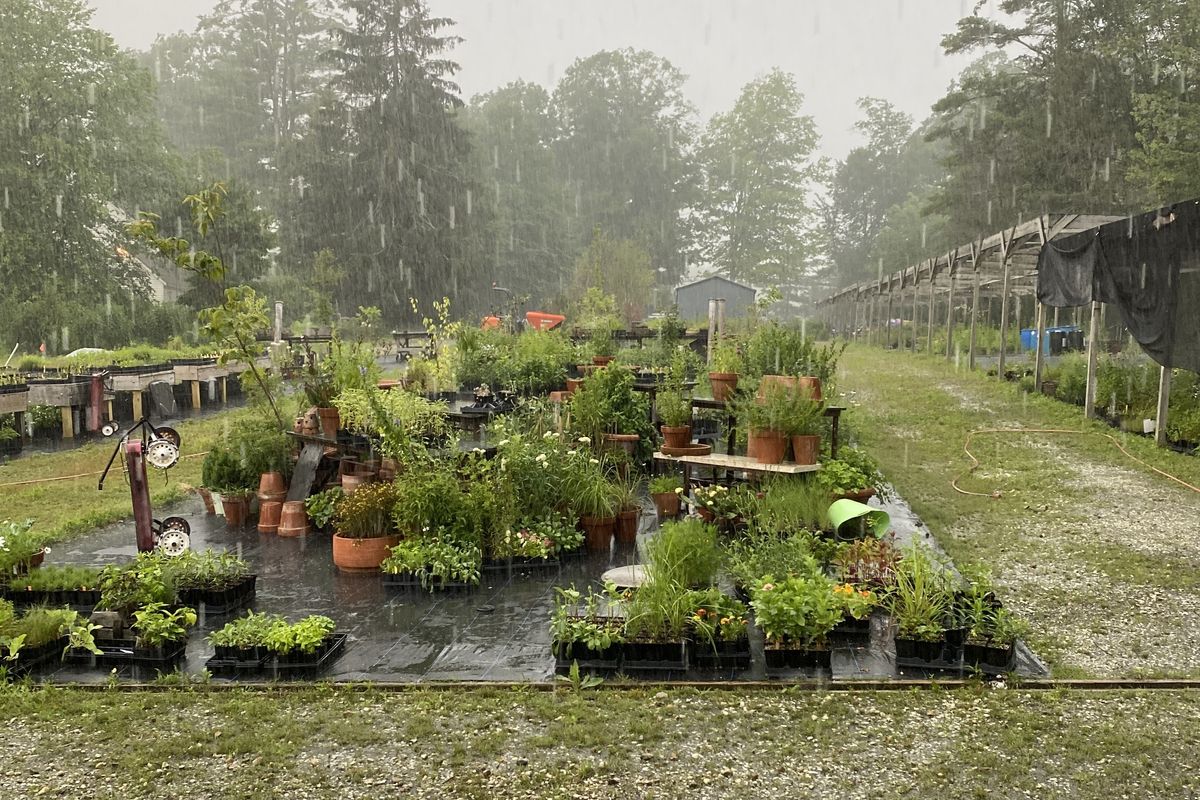


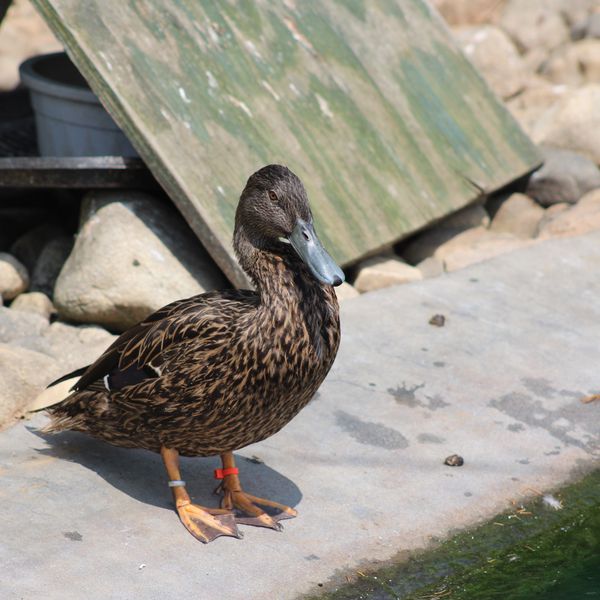
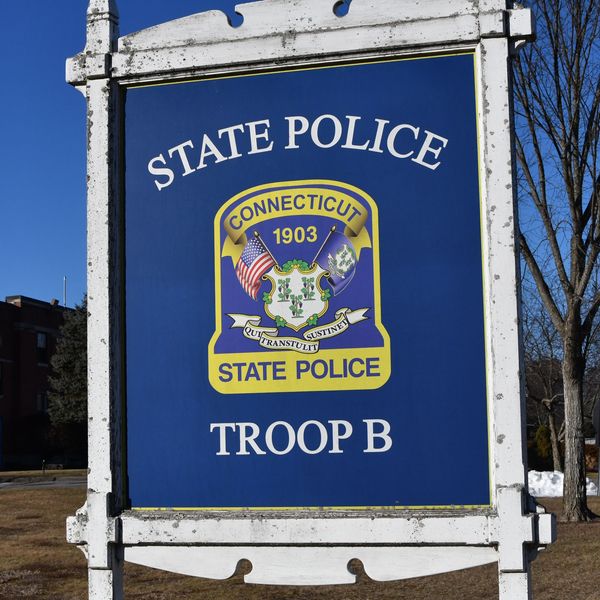
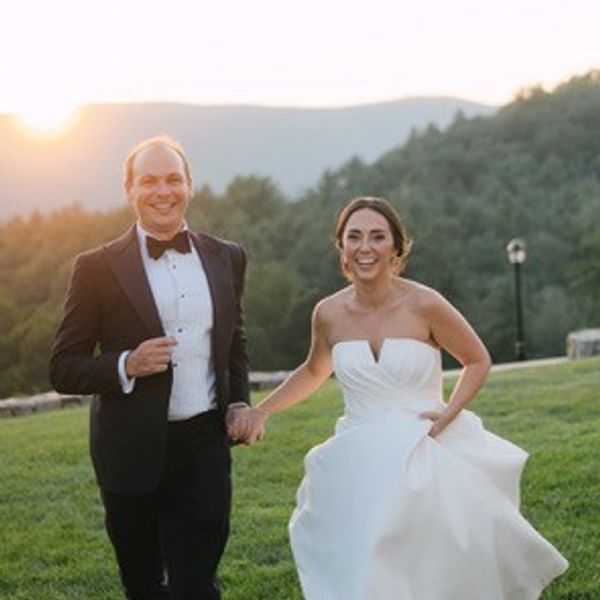
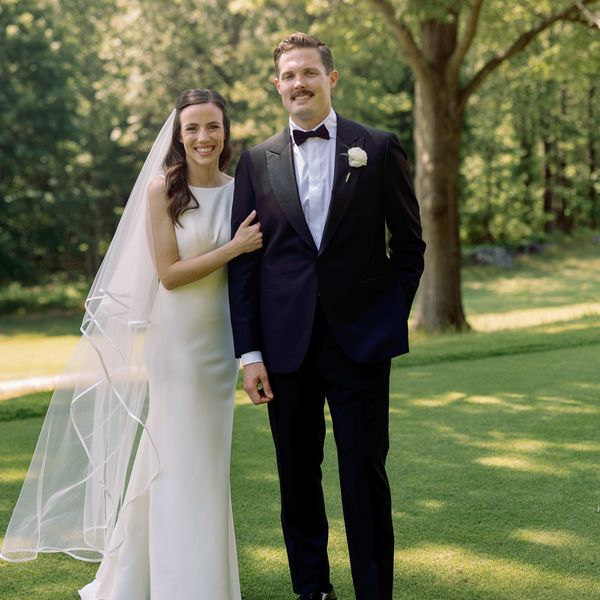
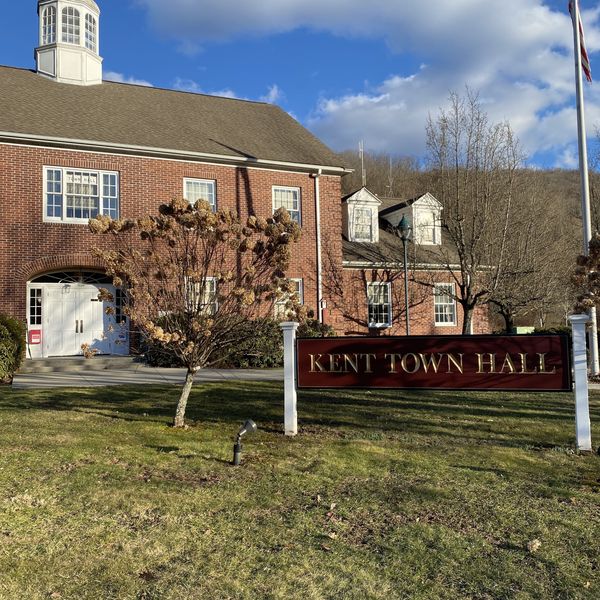
Debunking 10 myths of ambulance service
Salisbury Volunteer Ambulance Service headquarters is located at 8 Undermountain Road in Salisbury.
Most of us who serve on the Salisbury Volunteer Ambulance Service (SVAS) feel that we get back at least as much as we give — not only useful skills, but a true sense of purpose, a deep connection to our town and neighbors, and the pride that comes from helping people in some of their hardest moments.
We believe many more would join us, but for some persistent myths about ambulance training and service.We’re grateful for the opportunity to address those here.
Myth No. 1:The training is long.
Fact: EMR training is 60 hours: two nights per week for two months.The result? Incredibly useful skills you can use in any emergency situation anywhere.
Myth No. 2: Training is expensive.
Fact: Training is FREE if you commit to joining SVAS (or the Norfolk squad).
Myth No. 3: I don’t have enough time.
Fact: We are flexible with our scheduling. Some of us put ourselves on the duty schedule, and others “listen in” to the radio and respond when available.Some do nights, some only do daytimes.What we need are active, committed members who are willing to help cover our calls, whether in blocks of time or on a more ad hoc basis.And all of us have other commitments - we are teachers, business owners, lawyers, town employees, web designers, contractors, parents, grandparents, and more. We all do what we can, when we can.
Myth No. 4: Volunteers must stay at headquarters when on call.
Fact: We take calls from where we are - home, work, headquarters or elsewhere.We each have radios and pagers, as well as a phone app, that alert us and allow us to respond from anywhere.
Myth No. 5: I might be all alone on an ambulance call.
Fact: We always work in teams when responding to emergencies. You’ll be supported by other more experienced members - in fact, as an EMR, you are required to have at least one EMT (who has more training) join you on any ambulance response.During your training, you’ll also be given a mentor from the squad to help teach and coach you.
Myth No. 6: I can’t drive that huge ambulance.
Fact: Driver training is separate and optional (although encouraged). You won’t drive until after you become a certified EMR and successfully complete the additional training.
Myth No. 7: I’m not good in emergencies.
Fact: Most of us had no previous medical background.Training gives you the necessary skills, as well as a tried-and-true, systematic approach to dealing with emergencies. These will give you the confidence to get out there and start helping people. You’ll also never be asked to do more than you’re comfortable with or can handle.
Myth No. 8: I could never have someone’s life in my hands.
Fact: We love “Grey’s Anatomy” and “House M.D.” but TV medical dramas make field emergency care seem much more complicated than it is.Our main job is simple: stabilize our patients, make them as comfortable as we can, and get them safely to the hospital.We aren’t solving medical mysteries or performing tracheotomies with ballpoint pens.
Myth No. 9: Now you’ve made it sound boring.
Fact: On the contrary!Our town may be small, but we handle it all - falls, illnesses, motor vehicle accidents and extrications, Appalachian Trail rescues, cardiac emergencies and strokes, hazmat incidents, even childbirth.If it can happen, it has probably happened here.This work is often exciting, but even when a call is low acuity or routine, you will learn something.Regardless, you will be providing priceless comfort and reassurance to your patients and their loved ones.
Myth No. 10: Someone else will do it.
Fact:Simply put: if we want our volunteer ambulance service to remain operational and free to all, we need more volunteers.Some of our members have been on the squad for decades and will be retiring.And life happens - members move away, or their circumstances change.Having more members join us is mission critical.
Find us at salisburyambulance.org or salisburyambulance1971@gmail.com. Barrie Prinz is president of the Board of Trustees. For more coverage on Salisbury Volunteer Ambulance Service and information on how to join, turn to Page A3.